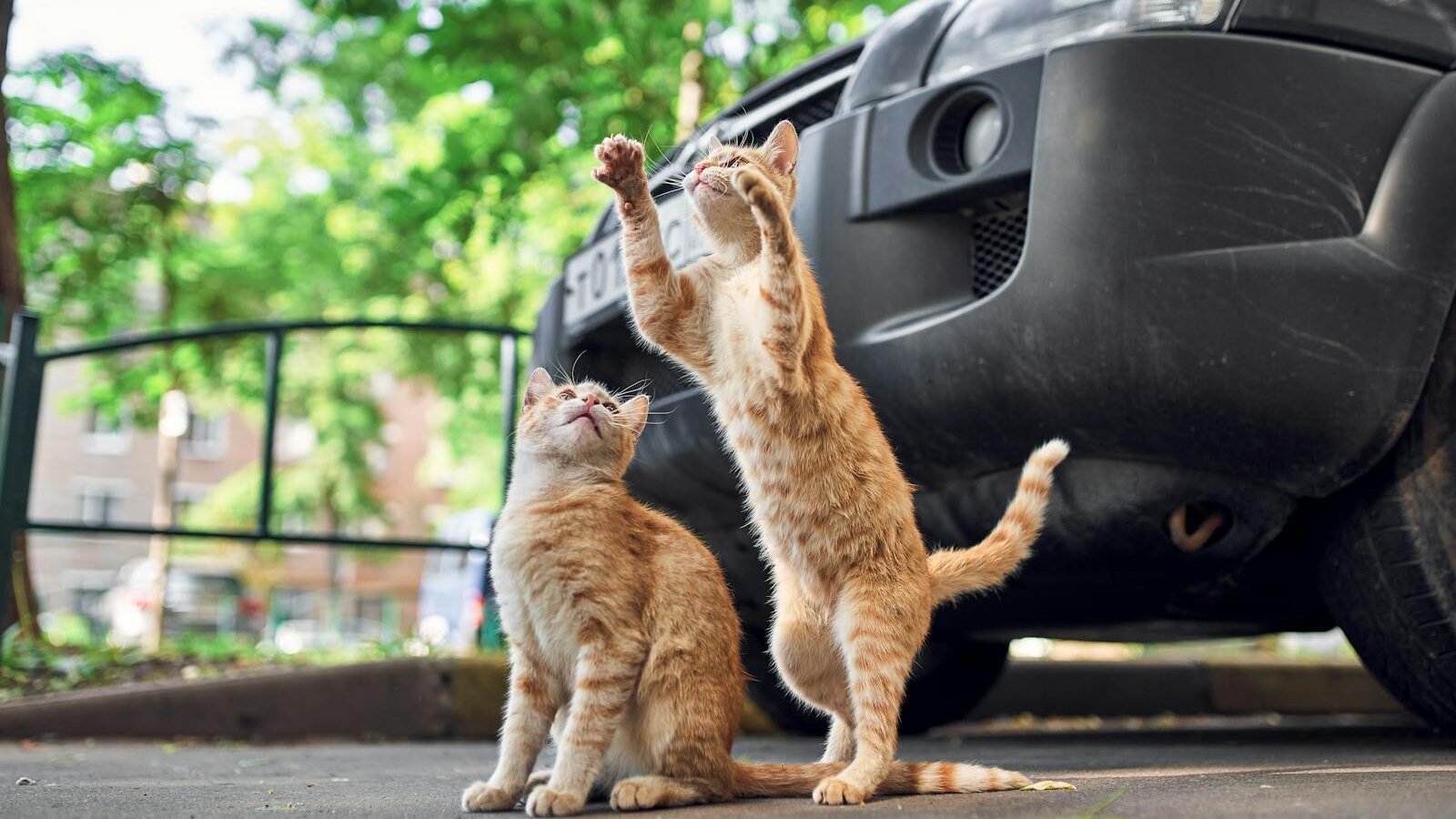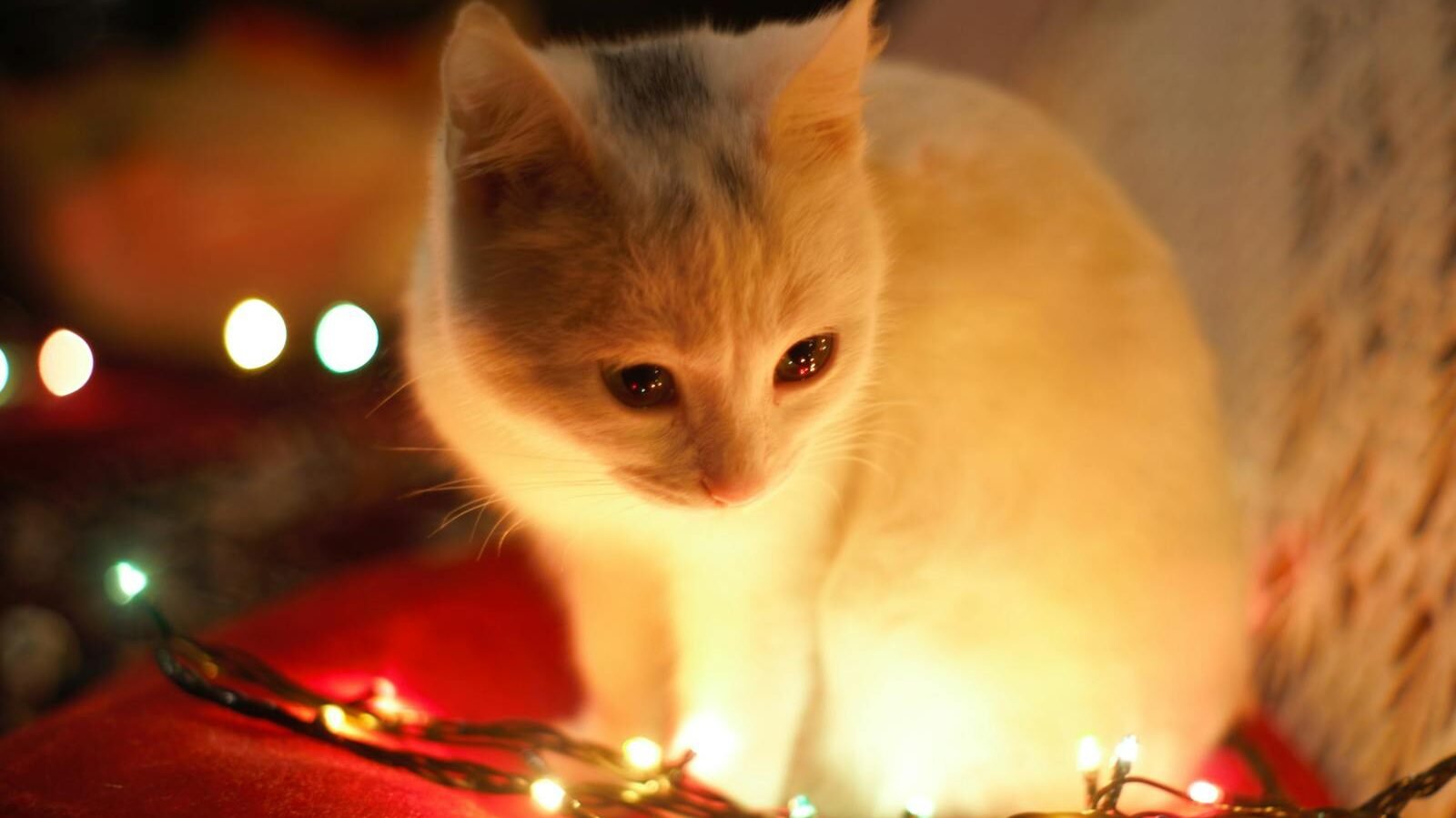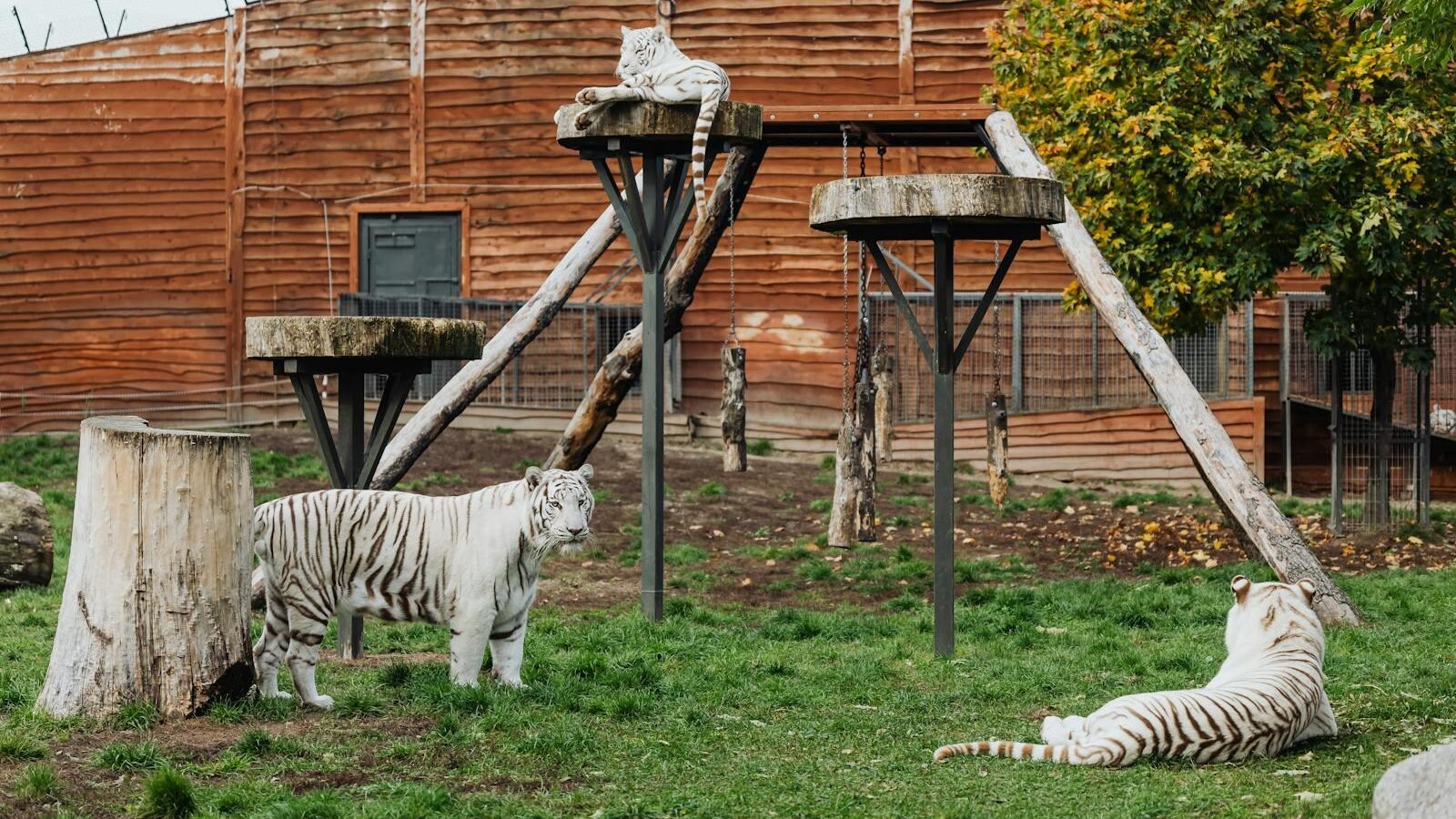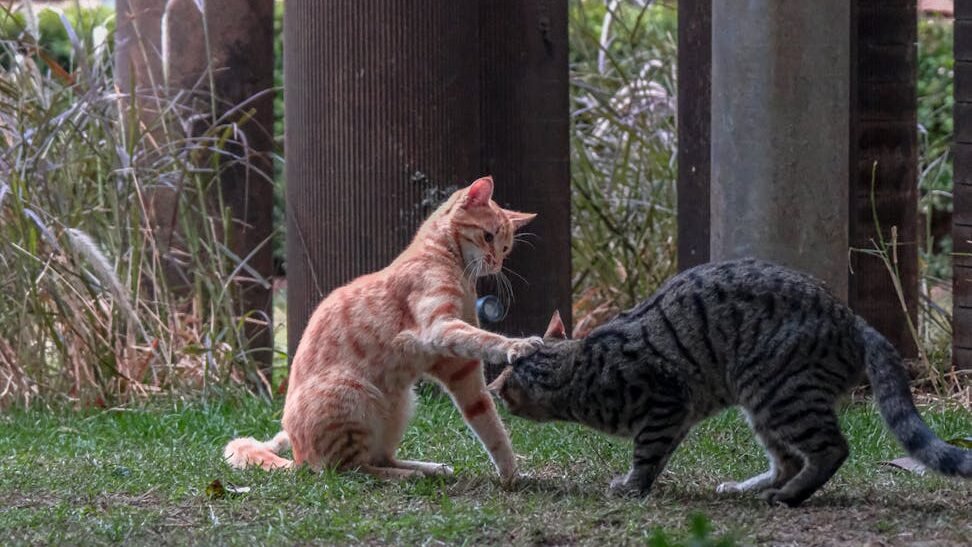Play behavior is a critical aspect of both big cats’ and domestic cats’ lives. It serves essential physical, social, and intellectual development purposes. However, the way these two groups of felines engage in play reflects their differences in size, habitat, and lifestyles. Understanding these behaviors can provide insight into their nature and needs.
The Evolutionary Significance of Play

Play is not just a frivolous activity but an evolutionary tool that aids in survival. For big cats like lions, tigers, and leopards, play is a simulation of hunting and fighting skills, which are crucial for their survival in the wild. Domestic cats, while not reliant on hunting for food, still inherit strong predatory instincts that manifest in play.
Environmental Influences on Play

The environment in which a cat lives greatly influences how it plays. Big cats in the wild have vast territories and diverse landscapes that encourage dynamic and vigorous play involving running, pouncing, and stalking. In contrast, domestic cats play in more confined spaces, often adapting to the constraints of an indoor setting by chasing toys, climbing furniture, and exploring nooks.
Play Behavior in Big Cats

From a young age, big cats engage in play that mirrors their future roles as predators. Cubs often play-fight with siblings, using their paws and teeth with controlled force. These sessions involve running, stalking, and ambush tactics that are vital for honing the skills required for adulthood hunting and territorial defense.
Social Dynamics in Play

Social structures significantly influence the play behavior of big cats. For instance, lions, living in prides, exhibit more social play compared to solitary big cats like leopards. They engage in group activities that foster bonds and establish social ranking, which is crucial for group cohesion in adulthood.
Domestic Cats and Play

Domestic cats often utilize toys and human interaction as their primary play outlets. Though their play is similarly rooted in predatory behaviors, it usually involves batting at dangling objects, chasing laser pointers, or pouncing on feather toys. These activities are more about stimulation and energy expenditure than survival practice.
Role of Human Interaction

Humans play a significant role in the play behavior of domestic cats, often serving as both providers and participants in play. Interactive play sessions help satisfy a cat’s predatory instincts, prevent boredom, and strengthen the bond between cat and owner. Conversely, big cats in captivity may also engage with human-provided enrichment activities but still display a preference for naturalistic play scenarios involving real-life hunting strategies.
Importance of Enrichment for All Felines

Whether in captivity or a domestic setting, enrichment is crucial to the mental and physical well-being of both big and domestic cats. For big cats, zoos and wildlife sanctuaries often introduce challenges like hidden food or puzzles that encourage natural behaviors. Similarly, domestic cats benefit from toys and games that engage their senses and intellect.
Understanding the Safety Considerations

Play behavior can sometimes involve hazards, especially with big cats. Their strength and size mean play-fighting can quickly become dangerous, even among siblings. Educating handlers and trainers on these behaviors is crucial to ensure both human and feline safety. In domestic settings, ensuring toys do not pose choking hazards and that play remains within safe boundaries is essential.
Conclusion: The Unifying Thread of Play

In essence, while the specifics of play behavior differ between big and domestic cats, the fundamental purposes remain strikingly similar. Play serves as a critical mechanism for learning, social bonding, and environmental interaction across the feline world. Whether stalking through a jungle or pouncing in a living room, play signifies a deeply ingrained aspect of what it means to be a cat.

With over a decade of experience as a dedicated cat lover and enthusiast, I specialize in writing captivating content about all things feline. My expertise shines through in creating engaging and informative pieces that resonate with fellow cat lovers. As a proud cat parent to my beloved Duston, my personal connection to the world of cats adds authenticity and warmth to my work, making it relatable and heartfelt.





